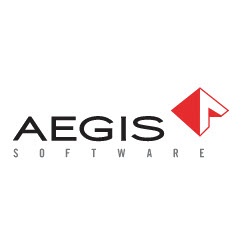
- +1 (781) 935-3450
sales@newcastlesys.com


Aegis Software is the leading provider of innovative software solutions to improve speed, control and visibility throughout manufacturing operations. Founded in 1997 by two manufacturing engineers, Aegis has over 17 years of experience providing world-class software to customers around the globe. Our install base spans more than 1700 factory sites across the electronics, medical, automotive, military and aerospace industries.
CONTACT
Newcastle Systems, Inc.
34 South Hunt Road
Amesbury, MA 01913 USA
Call us: 781-935-3450